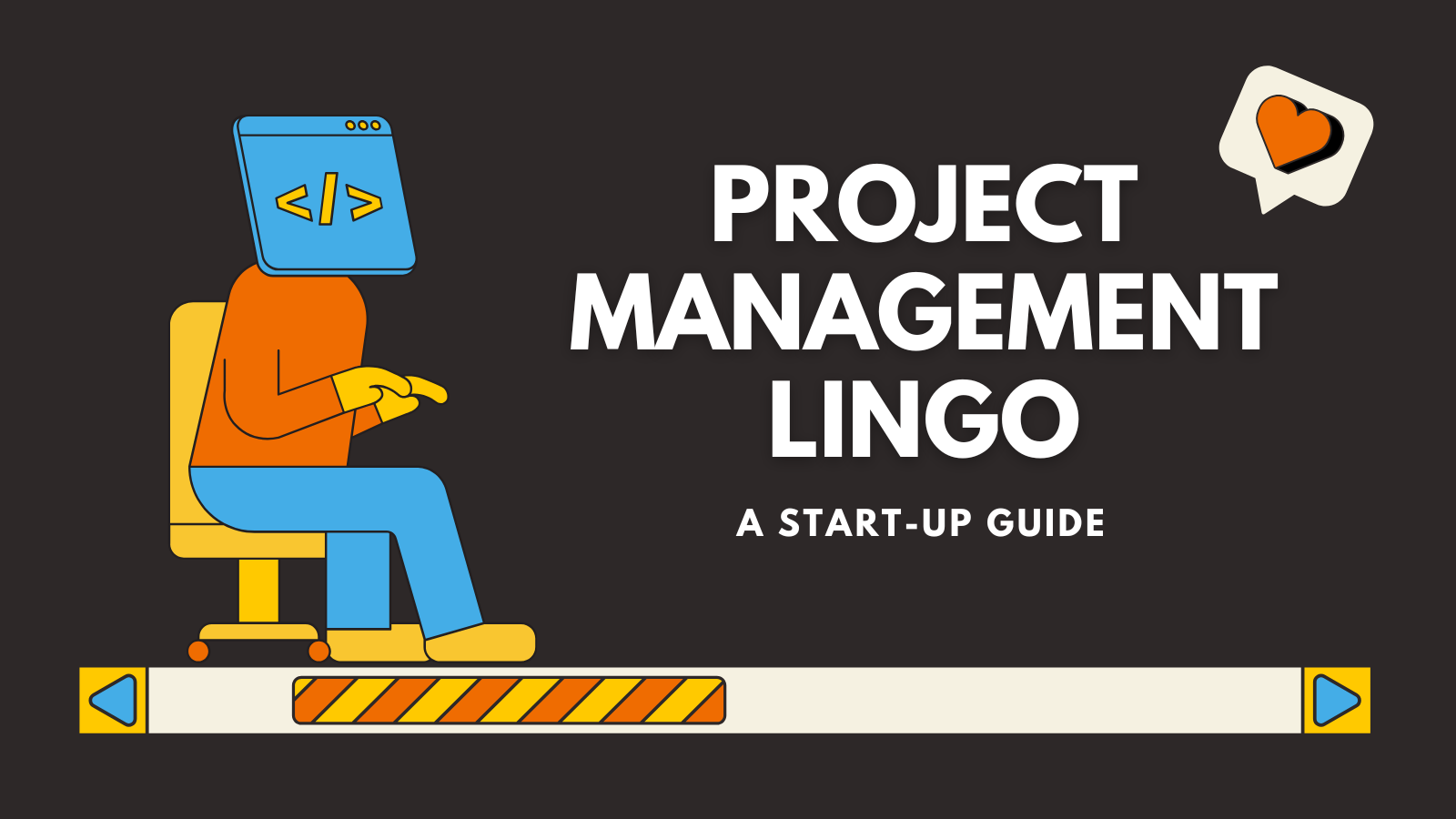When I first broke into project management, I felt like a schoolgirl sitting in a classroom full of people from the wrong generation. I was lost — really lost. By the end of my first week, I had filled an entire notebook with strange combinations of letters. Over that weekend, I made flashcards just to keep up: SOPs, SOWs, WIP, PMO… it felt like everyone else was speaking a secret language I didn’t know.
Acronyms Every PM Should Know
-
Agile: A flexible, iterative approach to project and product development.
-
API: Application Programming Interface — allows different software systems to interact.
-
BA: Business Analyst — bridges requirements between business and technical teams.
-
BCP: Business Continuity Plan — plan for keeping operations running during disruptions.
-
BRD: Business Requirements Document — high-level project requirements.
-
CAPEX: Capital Expenditure — upfront investment in assets.
-
CAPM: Certified Associate in Project Management — entry-level PMI certification.
-
CI/CD: Continuous Integration / Continuous Delivery — DevOps practices for faster delivery.
-
CPM: Critical Path Method — identifies the longest sequence of dependent tasks.
-
DACI: Driver, Approver, Contributor, Informed — decision-making roles framework.
-
DoD: Definition of Done — agreed checklist for when work is considered complete.
-
DRP: Disaster Recovery Plan — strategy for restoring systems after failures.
-
EVM: Earned Value Management — measures project performance against plan.
-
FMEA: Failure Modes and Effects Analysis — method to assess risks and failures.
-
FRD: Functional Requirements Document — details system functionality.
-
GRC: Governance, Risk, Compliance — framework for oversight and accountability.
-
ICAgile: International Consortium for Agile — certifying body for Agile training and learning paths.
-
INVEST: Independent, Negotiable, Valuable, Estimable, Small, Testable — qualities of a good user story.
-
IRR: Internal Rate of Return — measure of investment profitability.
-
KPI: Key Performance Indicator — metric to track performance toward objectives.
-
LeSS: Large-Scale Scrum — scaling Scrum for bigger organizations.
-
MoSCoW: Must Have, Should Have, Could Have, Won’t Have — prioritization technique.
-
MVP: Minimum Viable Product — smallest version of a product that delivers value.
-
NFR: Non-Functional Requirements — requirements for performance, security, scalability, etc.
-
NPV: Net Present Value — financial metric to evaluate project value over time.
-
OKR: Objectives and Key Results — goal-setting framework.
-
OPEX: Operational Expenditure — ongoing costs of operations.
-
PERT: Program Evaluation and Review Technique — method for estimating project duration.
-
PI: Program Increment — time-boxed planning period in SAFe.
-
PIR: Post-Implementation Review — evaluates project outcomes and lessons learned.
-
PM: Project Manager — responsible for planning, executing, and closing projects.
-
PMBOK: Project Management Body of Knowledge — PMI’s standard reference guide.
-
PMIS: Project Management Information System — tools/software to manage projects.
-
PMO: Project Management Office — central group that sets standards for project management.
-
PMP: Project Management Professional — advanced PMI certification.
-
PO: Product Owner — responsible for maximizing product value in Scrum.
-
RAID: Risks, Assumptions, Issues, Dependencies — log used for project tracking.
-
RACI: Responsible, Accountable, Consulted, Informed — framework to define roles.
-
ROI: Return on Investment — value gained compared to cost.
-
SAFe: Scaled Agile Framework — applies Agile at enterprise scale.
-
Scrum: Agile framework with defined roles, ceremonies, and artifacts.
-
SDLC: Software Development Life Cycle — process for software creation.
-
SLA: Service Level Agreement — contract specifying service performance standards.
-
SMART: Specific, Measurable, Achievable, Relevant, Time-bound — goal criteria.
-
SM: Scrum Master — facilitates Scrum practices and removes blockers.
-
SOW: Statement of Work — agreement outlining scope, deliverables, and timelines.
-
SWOT: Strengths, Weaknesses, Opportunities, Threats — strategy analysis tool.
-
TPS Report: Test Procedure Specification (also made famous in Office Space).
-
UAT: User Acceptance Testing — testing phase where end users validate results.
-
WBS: Work Breakdown Structure — breaks project into smaller deliverables.
-
WSJF: Weighted Shortest Job First — prioritization technique in SAFe.
Every industry has its jargon, and every project management role I've had since had it's own variety of lingo. But, understanding these basic acronyms and what they are will get you a good bit of the way. If you’re ready to move beyond acronyms check out our certification courses that dive deeper into Agile, product ownership, product management, and project management. They go far beyond the alphabet soup and help you connect these terms to actual practices that drive value.

